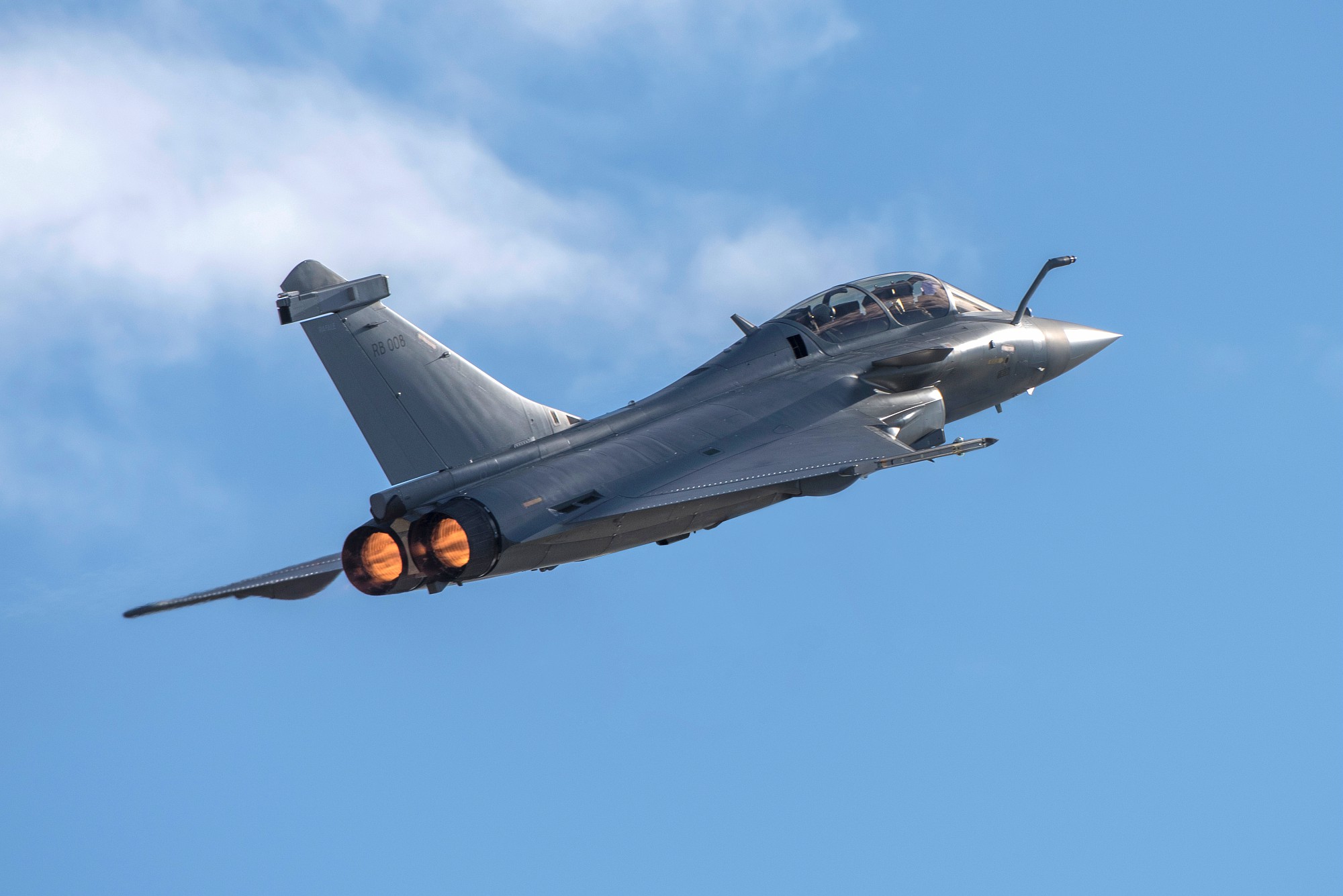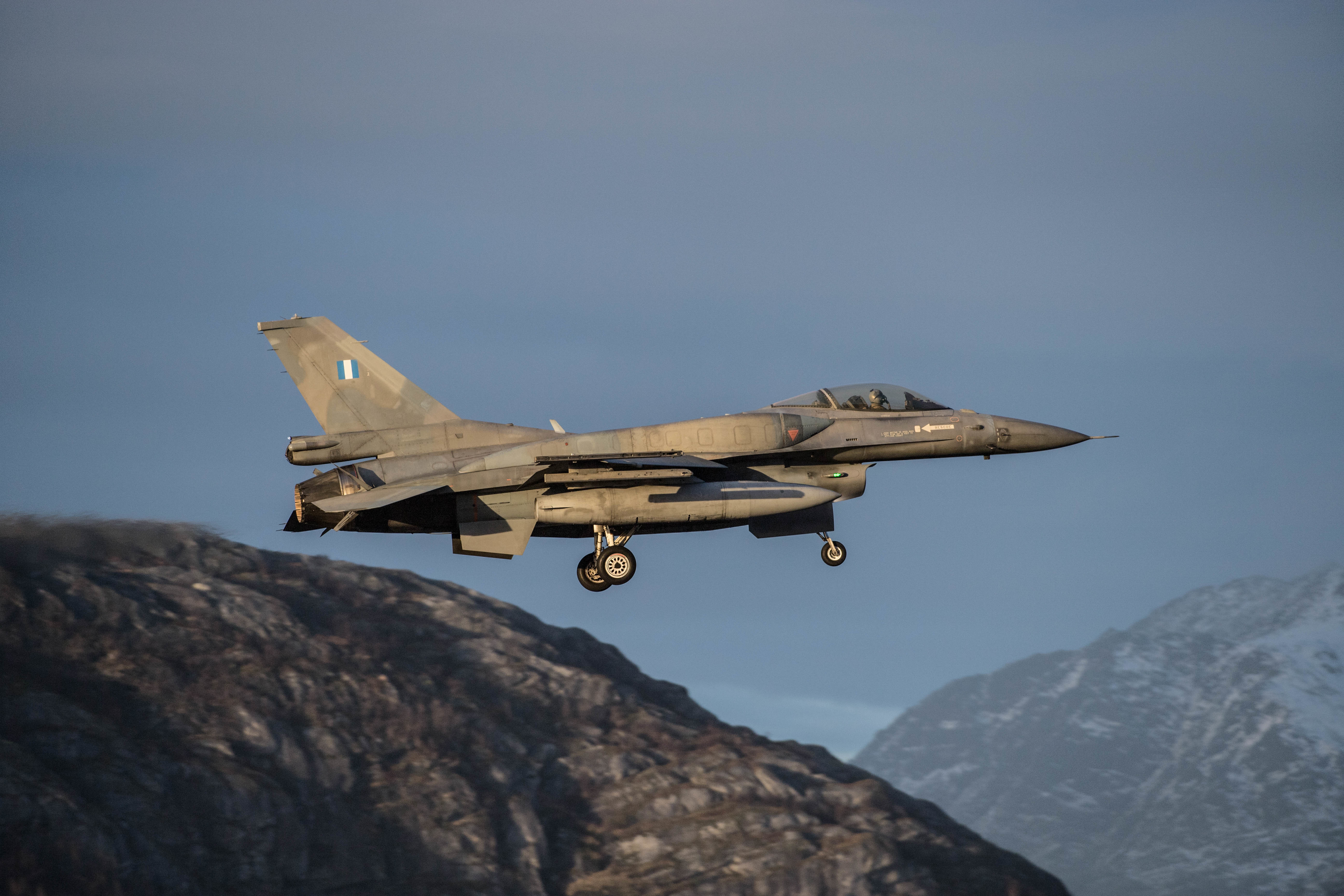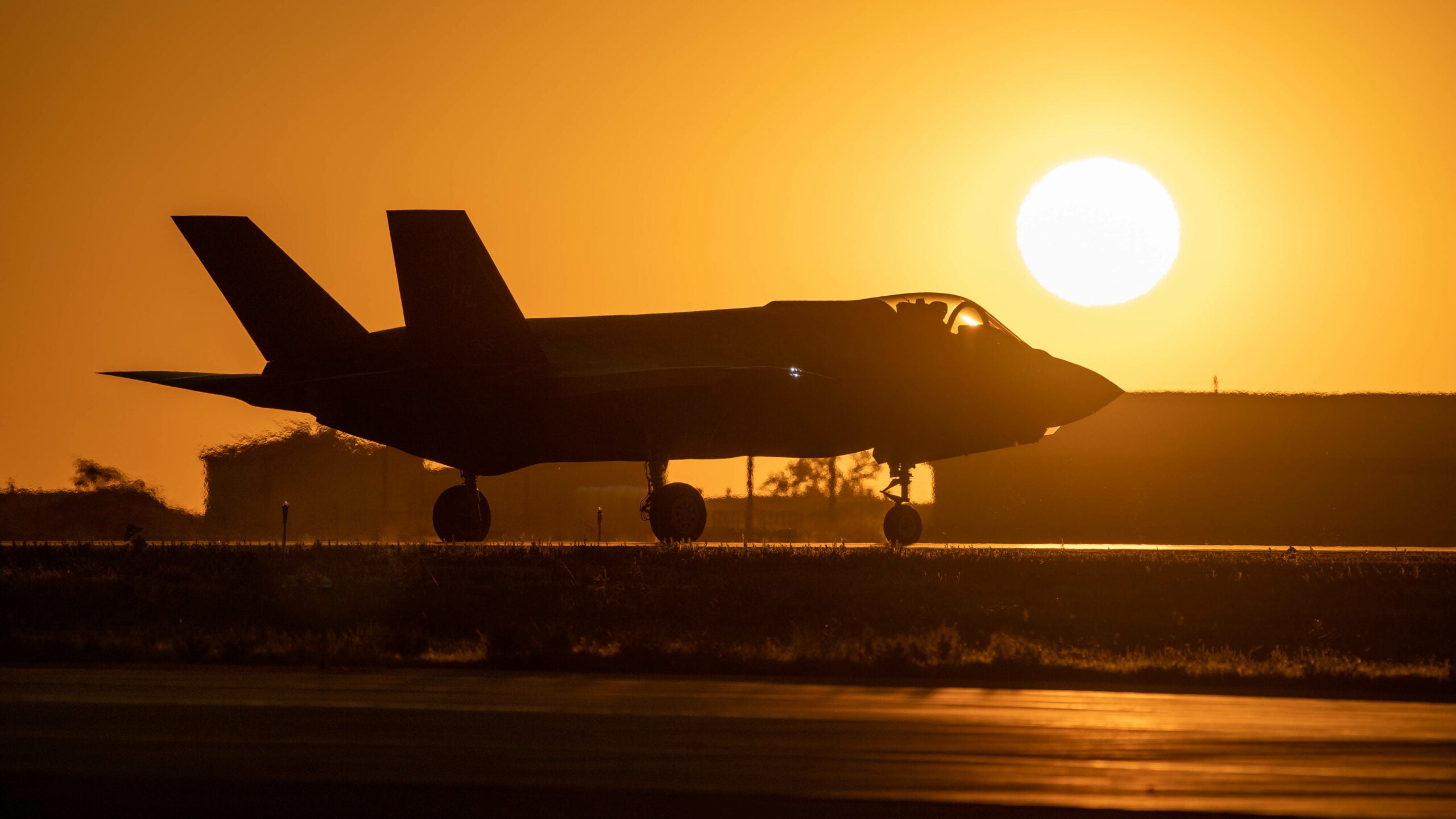Athens has reportedly formally requested information from the Pentagon on the Lockheed Martin F-35 stealth fighter as it eyes a possible purchase of between 18 and 24 of the jets. If the deal goes through, it would mark an ironic twist in the ongoing saga of the Greek-Turkish standoff in the Aegean, after Turkey was itself ousted from the Joint Strike Fighter program in 2019.
According to the country’s Proto Thema newspaper, the formal Letter of Request (LOR) was sent to the U.S. Department of Defense by Greece’s Ministry of Defense on November 6, 2020. This outlet said it had obtained a copy of the document, which reportedly requested the “immediate purchase” of either new or former U.S. Air Force F-35As, or perhaps a mixture of both.
“The decision to enter the F-35 Joint Strike Fighter program will be based on a variety of factors such as the delivery schedule of the fighters, the repayment plan, the configuration of the aircraft and a possible combination to obtain a total of 18 to 24 jets (new or used by the U.S. Air Force, if available),” the request said, according to Proto Thema. “Due to internal fiscal arrangements and other applicable rules within the EU [European Union] budget and deficit framework, it is crucial that the first F-35s be delivered in 2021. For our part, we will do everything possible to implement this ambitious program.”
The LOR was reportedly signed by Greece’s Director General of Armaments and Investments, Theodoros Lagios. According to the quotes shared by the same newspaper, Lagios has also called for U.S. officials to visit Greece “as soon as possible” to start negotiations over a possible F-35 purchase.
The extremely ambitious desire to have its first F-35s delivered next year is presumably the reason that the Greek Ministry of Defense has specified the option of receiving former U.S. Air Force jets. This would avoid having to wait for available production slots on the busy Lockheed Martin assembly line at Fort Worth, Texas, but is not an avenue that’s been utilized for any F-35 export orders so far.
Such a rapid introduction of Joint Strike Fighters would also require fast-tracking of the required support elements, not least the unique infrastructure, including the Autonomic Logistics Information System (ALIS), that would be required on-site in Greece to aid the bed-down of the new jets and their introduction to operational service.

In addition, although the U.S. Air Force does have early-production F-35s that are of arguably limited combat capability, these fulfill an important training role as part of the multinational effort to generate aircrews for the Joint Strike Fighter program. Moreover, the U.S. Air Force has previously indicated that it wants to divert some of these older aircraft to aggressor units.
It’s important to note that a LOR does not imply that Greece will definitely acquire the F-35, either, and the reported requested timeline may ultimately be impossible to achieve. Still, it’s noteworthy that this expression of interest follows so soon after the country’s decision to acquire 18 Dassault Rafale multirole fighters from France, a deal that The War Zone previously reported on. Once again, the Rafale order calls for a mixture of new-build and surplus jets (in this case from the French Air Force), to expedite deliveries.
The first Rafales are expected to start arriving in Greece in early 2021, at a rate of one per month, beginning with the first six of a planned lot of 12 former French Air Force aircraft. The remaining six aircraft that the Greeks have ordered are expected to be new-build jets.

Clearly, Athens is embarking on a major overhaul of the Hellenic Air Force, likely with an eye on Turkey’s increasing military ambitions in the eastern Mediterranean, and elsewhere. Proto Thema notes that Turkey’s recently tested S-400 air defense system “could create problems in the daily activity of the [Hellenic] Air Force” and suggests the fighter plans are an effort to counter this.
In October 2020 the Greek newspaper Estia reported that the country might receive the F-35s that were ordered by Turkey and then withheld following that country’s dramatic ejection from the Joint Strike Fighter program. This was the result of Ankara’s insistence on acquiring S-400 air defense systems from Russia, a saga that was discussed in detail by The War Zone in the past. Although the U.S. Defense Department announced earlier this year that the U.S. Air Force will buy eight F-35As originally built for Turkey, it’s known that at least 14 jets from the Turkish order have actually been completed, so there remains a possibility that some of these could be transferred to Greece.
As well as the S-400 threat, Turkey currently possesses a numerical advantage in terms of fighter jets, as The War Zone analyzed in this previous feature. Should Greece and Turkey go to war, the Hellenic Air Force’s potential combination of Rafales and F-35s would provide a balanced force that could be expected to gain air superiority over the Aegean region, including operating at least partly from dispersed island bases, as well as conducting long-range land-attack missions and anti-shipping strikes. The F-35 is set to gain the capability to prosecute anti-shipping strikes using the air-launched Joint Strike Missile version of the stealthy Kongsberg Naval Strike Missile. Japan has already ordered these weapons for its Joint Strike Fighters. Meanwhile, the AGM-154E Joint Stand-Off Weapon — Extended Range (JSOW-ER) as recently offered to the United Arab Emirates would provide the ability to conduct anti-shipping and land-attack strikes at significant ranges.
Furthermore, the F-35s could act as efficient force-multipliers for other assets in the Hellenic Air Force tactical inventory, which is currently dominated by F-16 Vipers, which are in the process of undergoing a wide-ranging upgrade. In this way, a relatively small fleet of Joint Strike Fighters could be leveraged to achieve an effect beyond the capabilities of a larger force of less sophisticated jets.
Were Greece to buy F-35s as well as Rafales, it would continue the tradition of the Hellenic Air Force operating fighter jets from both France and the United States, which could ensure a continued supply chain for at least one of the fleets, in the case of sanctions or other restrictions imposed should Greece ever go to war.

While it’s unclear what will happen next in regards to a possible F-35 purchase, there’s no doubt that the Joint Strike Fighter has been on Greek officials’ radar for some time now. In December 2019, the Greek Prime Minister Kyriakos Mitsotakis revealed that he would be discussing a potential purchase of Joint Strike Fighters with U.S. President Donald Trump during a visit to the White House the following January.
“We can deepen our defense cooperation even further, for example in the sector of drones,” Mitsotakis told Greek newspaper To Vima, at the time. “We will also begin a discussion on eventually acquiring F-35 aircraft, once fiscal conditions permit.”
The latest development would suggest that those “fiscal conditions” may now permit an F-35 purchase to be looked at more seriously. The potential arrival of the Joint Strike Fighter in the Aegean would provide the Hellenic Air Force with a significant capability boost in any future conflict, including against Turkey.
Contact the author: thomas@thedrive.com
